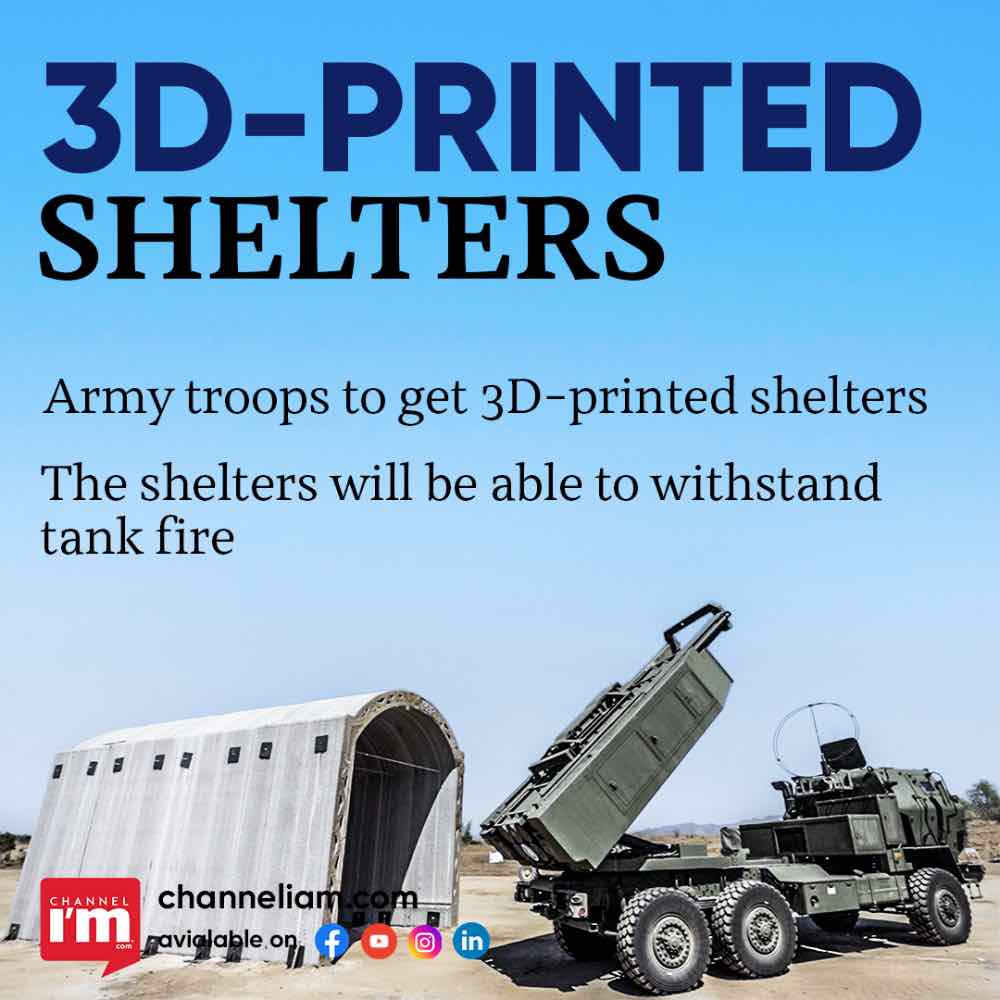
The Army will be deploying 3D-printed accommodations that can withstand tank fire at forward sites as well as in higher reaches and deserts in an effort to incorporate new engineering technologies.
The smallest 3D printed structure developed by the Military Engineering Services (MES) can house two people. The start-ups, which include those from IIT-Gandhinagar and IIT-Madras, also contributed to the development of the constructions. According to sources in the defence establishment, successful trials to evaluate its durability against a T-90 fire from 100 metres have also been conducted in the Western sector.
The MES plans to introduce the 3D permanent shelters—bunkers and houses—in shifts in forward sites along the LAC and IB, from Ladakh, Sikkim, and Arunachal Pradesh to the arid regions, starting next summer. A three-dimensional house can be built from a single block or by assembling pre-fabricated components.
Modern housing structures with state-of-the-art amenities are being used to build Air Traffic Control towers in addition to housing jawans and bunkers because the technology is green, clean, and renewable and enables speedier construction, which will ultimately be less expensive.
Engineer-in-Chief Lt Gen Harpal Singh officially opened the first 3D printed homes in March at South Western Air Command in Gandhinagar, replacing the traditional method of building dwellings out of brick and cement. The MES, which has an annual budget of 30,000 crore, is also attempting to construct a skyscraper with three stories.
Following the Galwan standoff in May 2020, the Army has also pushed habitat infrastructure in Eastern Ladakh, providing men with permanent climate-controlled structures for comfort of living. For instance, despite it being – 20 degrees outside, the temperature inside of a house can stay at 20 degrees.
